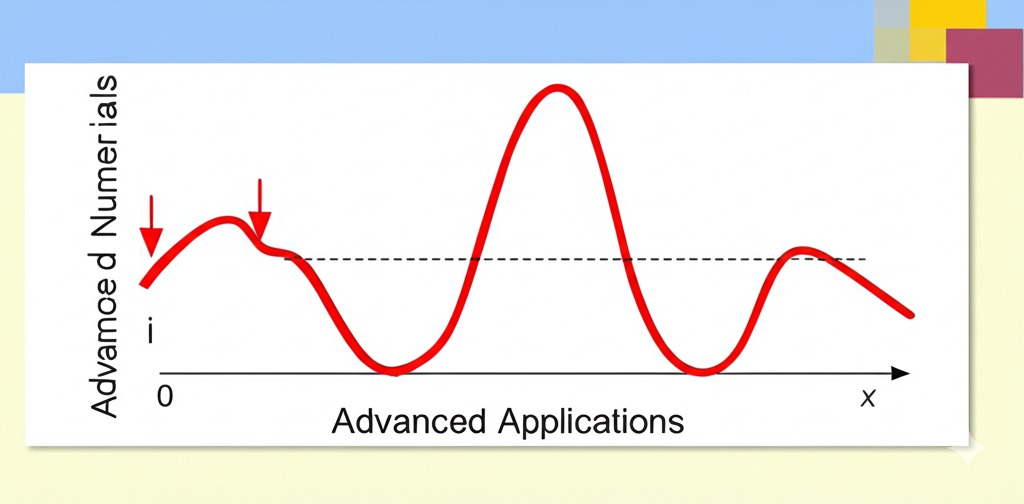Gas Laws: Advanced Applications and STP Numericals
Batch 11: Advanced Applications of Gas Laws
Q1: A gas occupies ( 143 , text{cm}^3 ) at ( 27^circ text{C} ) and ( 700 , text{mm Hg} ). What will be its volume at ( 30^circ text{C} ) and ( 280 , text{mm Hg} )?
Using the combined gas law:
( frac{P_1 V_1}{T_1} = frac{P_2 V_2}{T_2} )
Given:
-
-
- ( P_1 = 700 , text{mm Hg}, V_1 = 143 , text{cm}^3, T_1 = 300 , text{K} )
- ( P_2 = 280 , text{mm Hg}, T_2 = 303 , text{K} )
-
Substitute:
( V_2 = frac{700 cdot 143 cdot 303}{280 cdot 300} = 357.35 , text{cm}^3. )
Answer: The volume is 357.35 cm³.
Q2: Calculate the final volume of a gas ( X ) if its initial pressure is doubled and the temperature is tripled, assuming the initial volume is ( V ).
Using the combined gas law:
( frac{P_1 V_1}{T_1} = frac{P_2 V_2}{T_2} )
Substitute:
( V_2 = frac{1 cdot V cdot 3T}{2 cdot T} = frac{3V}{2}. )
Answer: The final volume is 1.5V.
Q3: Why do gases have low density compared to solids and liquids?
Answer: Gases have low density because their particles are far apart, occupying a much larger volume compared to solids or liquids with the same mass.
Q4: How does Charles’ Law explain the working of a hot air balloon?
Answer: According to Charles’ Law, at constant pressure, the volume of a gas increases with temperature. In a hot air balloon, heating the air increases its temperature, causing it to expand and become less dense. This reduction in density makes the balloon rise.
Batch 12: Numericals on STP and Special Cases
Q1: A gas occupies ( 80 , text{cm}^3 ) at ( 750 , text{mm Hg} ) and ( 25^circ text{C} ). Calculate its volume at STP.
Using the combined gas law:
( frac{P_1 V_1}{T_1} = frac{P_2 V_2}{T_2} )
Substitute:
( V_2 = frac{750 cdot 80 cdot 273}{760 cdot 298} = 74.6 , text{cm}^3. )
Answer: The volume at STP is 74.6 cm³.
Q2: A steel tank of ( 20 , text{liters} ) capacity is filled with hydrogen gas at ( 20 , text{atm} ). If the gas is used to fill balloons at ( 1.25 , text{atm} ), what will be the total volume of gas in the balloons?
Using Boyle’s Law:
( P_1 V_1 = P_2 V_2 )
( V_2 = frac{20 cdot 20}{1.25} = 320 , text{liters}. )
Answer: The total volume of gas in the balloons is 320 liters.
Q3: ( 56.1 , text{cm}^3 ) of gas is collected at STP. Its volume is then increased to ( 74.3 , text{cm}^3 ), keeping the temperature constant. Calculate the percentage change in pressure.
Using Boyle’s Law:
( P_2 = frac{56.1}{74.3} = 0.754 , text{atm}. )
Percentage change:
( frac{1 – 0.754}{1} times 100 = 24.6%. )
Answer: The percentage change in pressure is 24.6%.



